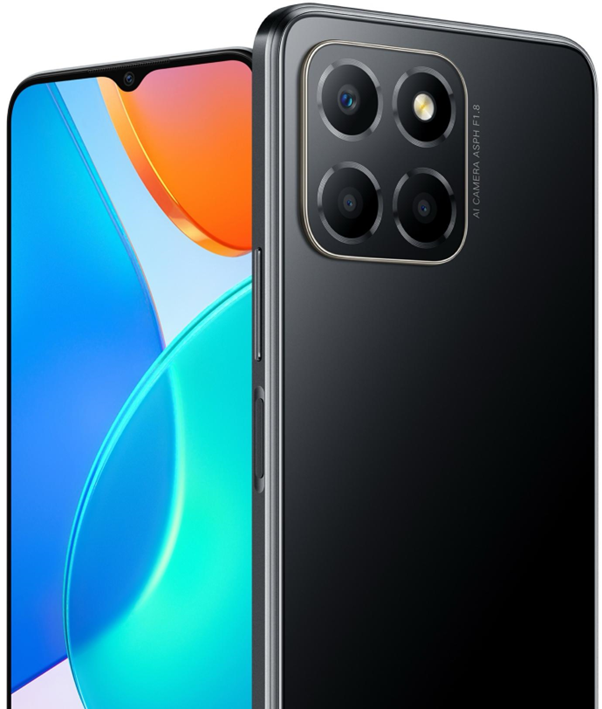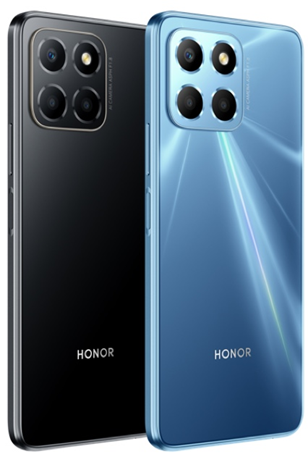
The pursuit of smoother and more responsive displays has led to a technological race in the smartphone industry, and the focal point of this competition is the refresh rate. This article explores the significance, advancements, and the ongoing quest for higher refresh rates in phones, diving into how this feature has become a critical factor in shaping the user experience.
Understanding Refresh Rates: The Basics of Display Fluidity
Refresh rate, measured in Hertz (Hz), represents the number of times per second a display refreshes the image on the screen. A higher refresh rate results in smoother motion, reducing motion blur and enhancing the overall fluidity of the display. Traditionally, smartphones featured 60Hz displays, but the industry has been pushing the boundaries to achieve higher refresh rates for a more responsive and visually pleasing experience.
Advantages of Higher Refresh Rates: A Visual and Gaming Delight
The shift to higher refresh rates brings several advantages to smartphone users. The most noticeable benefit is the improvement in visual smoothness. Scrolling through content, navigating apps, and gaming all feel more responsive and fluid with a higher refresh rate. The higher number of frames displayed per second enhances the overall user experience, making interactions with the device more engaging and enjoyable.
Evolution of Refresh Rates: From 60Hz to 120Hz and Beyond
The journey of refresh rates in smartphones began with the standard 60Hz, which was considered sufficient for everyday use. However, as technology advanced and consumer expectations grew, manufacturers started pushing for higher refresh rates. The introduction of 90Hz and 120Hz displays marked a significant leap, providing users with a noticeable improvement in smoothness. Some premium smartphones now boast refresh rates of 144Hz and even 165Hz, further elevating the visual experience.
Gaming and Refresh Rates: Reducing Lag and Increasing Responsiveness
For gaming enthusiasts, higher refresh rates are a game-changer. The reduced input lag and increased responsiveness translate to a competitive edge in fast-paced games. The smooth rendering of frames enhances the gaming experience, allowing players to react more quickly to in-game events. As a result, gaming-centric smartphones like HONOR X6 often prioritize higher refresh rates to cater to the demands of the gaming community.

Adaptive Refresh Rates: Balancing Performance and Power Efficiency
To strike a balance between performance and power efficiency, some smartphones now feature adaptive refresh rate technology. This innovation dynamically adjusts the refresh rate based on the content being displayed. For instance, when viewing static images or text, the refresh rate may lower to conserve battery life, only ramping up during dynamic interactions or gaming. This adaptive approach ensures an optimal balance between smoothness and power efficiency.
Challenges and Considerations: Battery Life and Content Optimization
While higher refresh rates contribute to a superior visual experience, they pose challenges, particularly in terms of battery life. The continuous rendering of additional frames requires more processing power, leading to increased energy consumption. Smartphone manufacturers address this concern by implementing technologies like adaptive refresh rates and optimizing content to ensure that the benefits of higher refresh rates are not outweighed by excessive power consumption.
Content Adaptation: Maximizing the Potential of Higher Refresh Rates
The quest for higher refresh rates also calls for content adaptation. Not all apps and content are optimized to take full advantage of displays with refresh rates beyond 60Hz. Some applications may not support higher refresh rates, leading to a suboptimal user experience. As the industry embraces higher refresh rates, developers are encouraged to optimize their content to ensure a consistent and enhanced experience across the spectrum of refresh rates.
Conclusion
In conclusion, the quest for higher refresh rates in phones is emblematic of the smartphone industry's commitment to providing users with cutting-edge and immersive experiences. The evolution from traditional 60Hz displays to the current standards of 90Hz, 120Hz, and beyond has reshaped how users interact with their devices.
